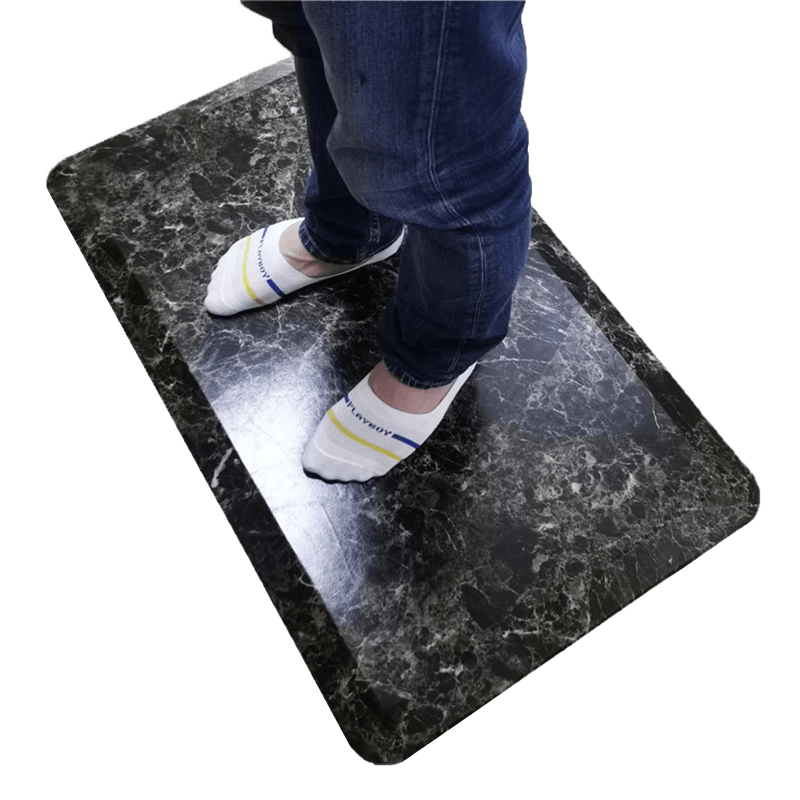Design features of rubber anti fatigue mats

Texture: The key to enhanced slip resistance
The surface texture of rubber anti fatigue mats is paramount to their slip-resistant properties. Intricately designed concave and convex patterns augment the friction between the feet and the mat, preventing accidental slips, especially in wet or oily work environments like kitchens and factory floors. This ensures the safety of employees by providing a stable base for prolonged standing or walking. Through scientific calculations and rigorous testing, designers meticulously calibrate the texture's depth and distribution to balance slip resistance with walking comfort.
Thickness: The measure of comfort
Thickness is another defining characteristic of rubber anti fatigue mats, directly impacting their ability to alleviate fatigue. An suitable thickness effectively absorbs the shock from the ground during walking, mitigating the stress on legs, hips, and even the back. Mats that are too thin may fail to provide sufficient cushioning, while overly thick ones can compromise mobility and stability. Manufacturers tailor the thickness of mats to specific applications and user needs, striking a balance between comfort and support. For instance, retail stores or production lines requiring extended periods of standing often opt for thicker rubber anti fatigue mats to ensure lasting comfort.
- Art
- Causes
- Crafts
- Crypto
- Dance
- Drinks
- Defi
- Film
- Fitness
- Food
- Jeux
- Gardening
- Health
- Domicile
- Literature
- Music
- Networking
- Autre
- Party
- Religion
- Shopping
- Sports
- Theater
- Wellness

